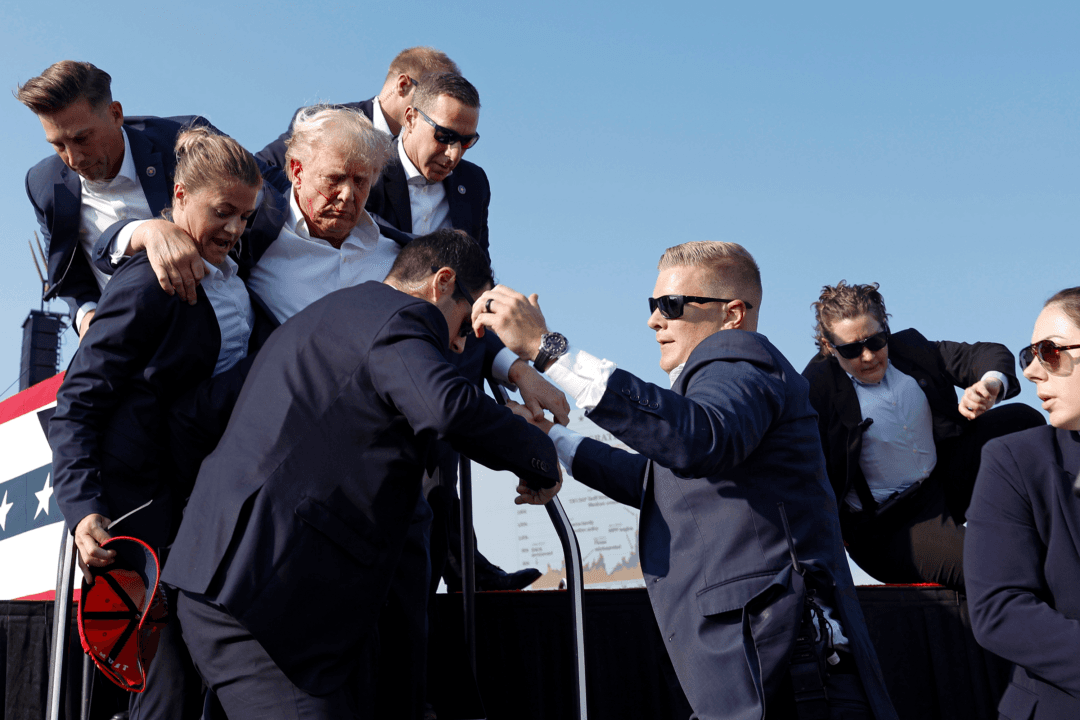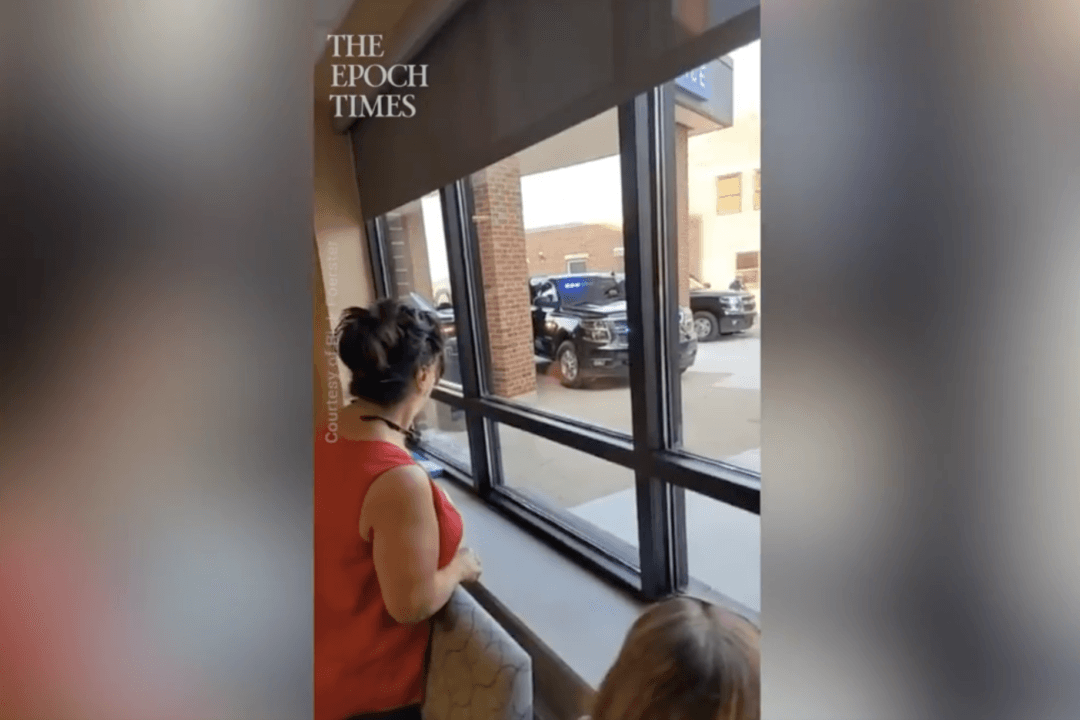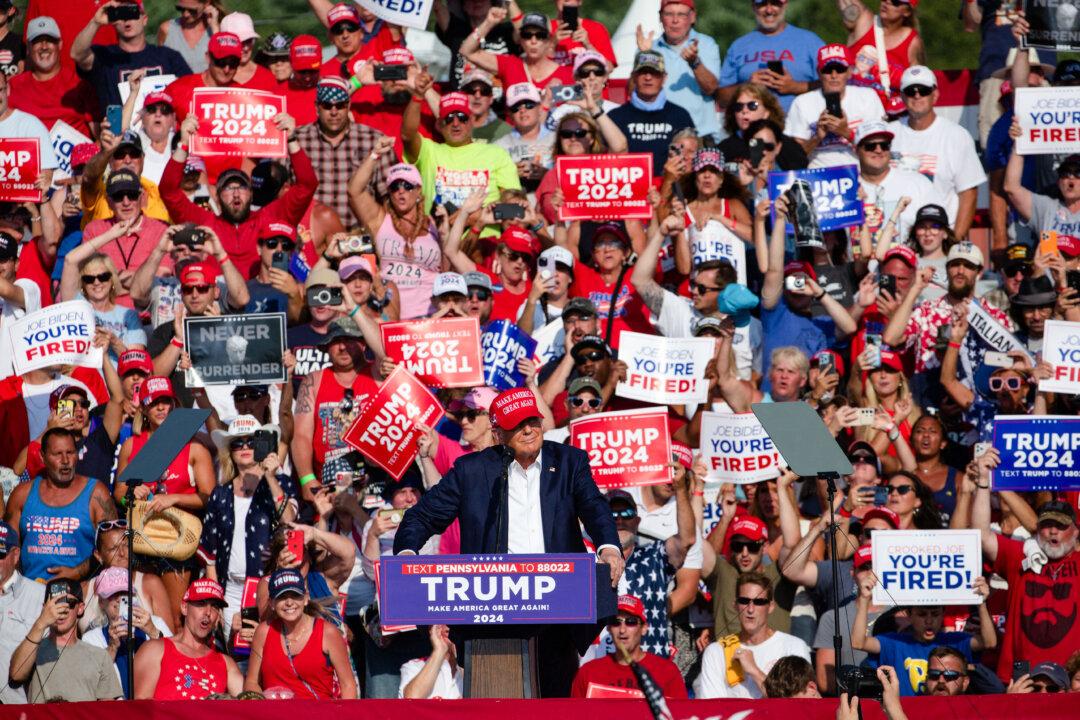The persuasive pitch for joining a union is that, together, members have a voice to build a safer workplace with better benefits and wages. But the four most powerful unions representing government employees, instead of directly benefiting workers, have spent nearly 60 percent of their membership dues on campaign donations and other political efforts.
The report examines state and federal-level political spending of the National Education Association (NEA), American Federation of Teachers (AFT), American Federation of State, County, and Municipal Employees (AFSCME), and Service Employees International Union (SEIU), during the 2021–22 election cycle.
Combined, the four unions spent $145 million on state and local elections. Of that amount, the report said Illinois candidates and causes received $27.9 million, more government union dollars than any other state. Illinois was followed by California, Minnesota, Pennsylvania, Washington, and Ohio.
Pennsylvania Gov. Josh Shapiro was the highest individual recipient of government union PAC money in the 2021–22 cycle, bringing in $4.5 million.
“Public sector unions have the ability … to get people elected, with whom they will end up bargaining against. Josh Shapiro is a great example,” David Osborne, Commonwealth Foundation senior fellow, told reporters on a call. “Josh Shapiro ... ended up almost immediately after he was elected, preparing to negotiate with the SEIU and AFSCME, two of his top campaign contributors, for contracts covering state employees. We think that’s an obvious conflict of interest with any publicly elected official, and it happens all the time.”
In Pennsylvania, both AFSCME and SEIU agreed to similar, four-year collective bargaining contracts with the state in August. The contracts, which last until June 2027, include a wage increase over the four years totaling 22.1 percent.
- Rob Bonta, California Attorney General, $1,297,200
- Emanuel “Chris” Welch, speaker of Illinois House, $1,250,310
- Brandon Johnson, Mayor of Chicago, $1,179,100
- Tony Thurmond, California State Superintendent of Public Instruction, $1,158,100
- Tina Kotek, Oregon Governor, $1,155,000
- Malia Cohen, California State Controller, $1,034,800
- Beto O'Rourke, who ran for Texas governor, $990,000
- Don Harmon, Illinois state Senate President, $904,600
- Mary O'Brien, Illinois Supreme Court, $785,300
By law, dues dollars cannot go directly to candidates. But unions use membership dues to influence politics through contributions to independent expenditure committees, Super PACs, and dark money groups.
- $29 million, NEA Advocacy Fund, a SuperPAC operated by the NEA that supports Democratic candidates for federal office.
- $16.2 million, For Our Future, a left-wing advocacy organization founded and funded by billionaire Tom Steyer.
- $13 million, State Engagement Fund, a progressive dark money organization
- $7.8 million, Invest in Education, an organization that advocated for a ballot measure to increase taxes for more public education funding.
- $7.2 million SEIU Political Education and Action State Fund, a PAC operated by the SEIU that focuses on supporting Democrats in state and local elections.
- $5.6 million, Strategic Victory Fund, a SuperPAC that funnels money from donors to Democratic candidates and causes.
- $5.5 million, Senate Majority PAC, works to build a Democratic majority in the U.S. Senate.
- $3.1 million, Education International, a global teacher union.
- $3 million, Fair Share Massachusetts, supporting Massachusetts’ wealth tax.
- $2.7 million, Sixteen Thirty Fund, a left-wing dark money organization
- $2.5 million, Building Back Together, advocates to advance President Biden’s policy agenda.
- $2.5 million, Put Michigan First, has ties to the Democratic Governors Association that spent to oppose Michigan Republicans in the 2022 election.
- Raphael Warnock, U.S. Senate, Georgia: $60,500
- Troy Carter, U.S. House, Louisiana: $58,000
- Hakeem Jeffries, U.S. House, New York: $50,000
- Alex Padilla, U.S. Senate, California: $45,000
- Mandela Barnes ran for U.S. Senate, Wisconsin: $45,000
- Melanie Stansbury, U.S. House, New Mexico: $43,000
- Tim Ryan, Former U.S. Senate, Ohio: $42,000
- Steven Horsford, U.S. House, Nevada,: $41,500
- Shontel Brown, U.S. House, Ohio: $41,000
- Susie Lee, U.S. House, Nevada: $40,000
The report compared the spending of these four unions to federal political spending of other industries and found that combined union spending ranks fourth in the nation, spending more on political influence than the individual defense, transportation, or construction industries.







